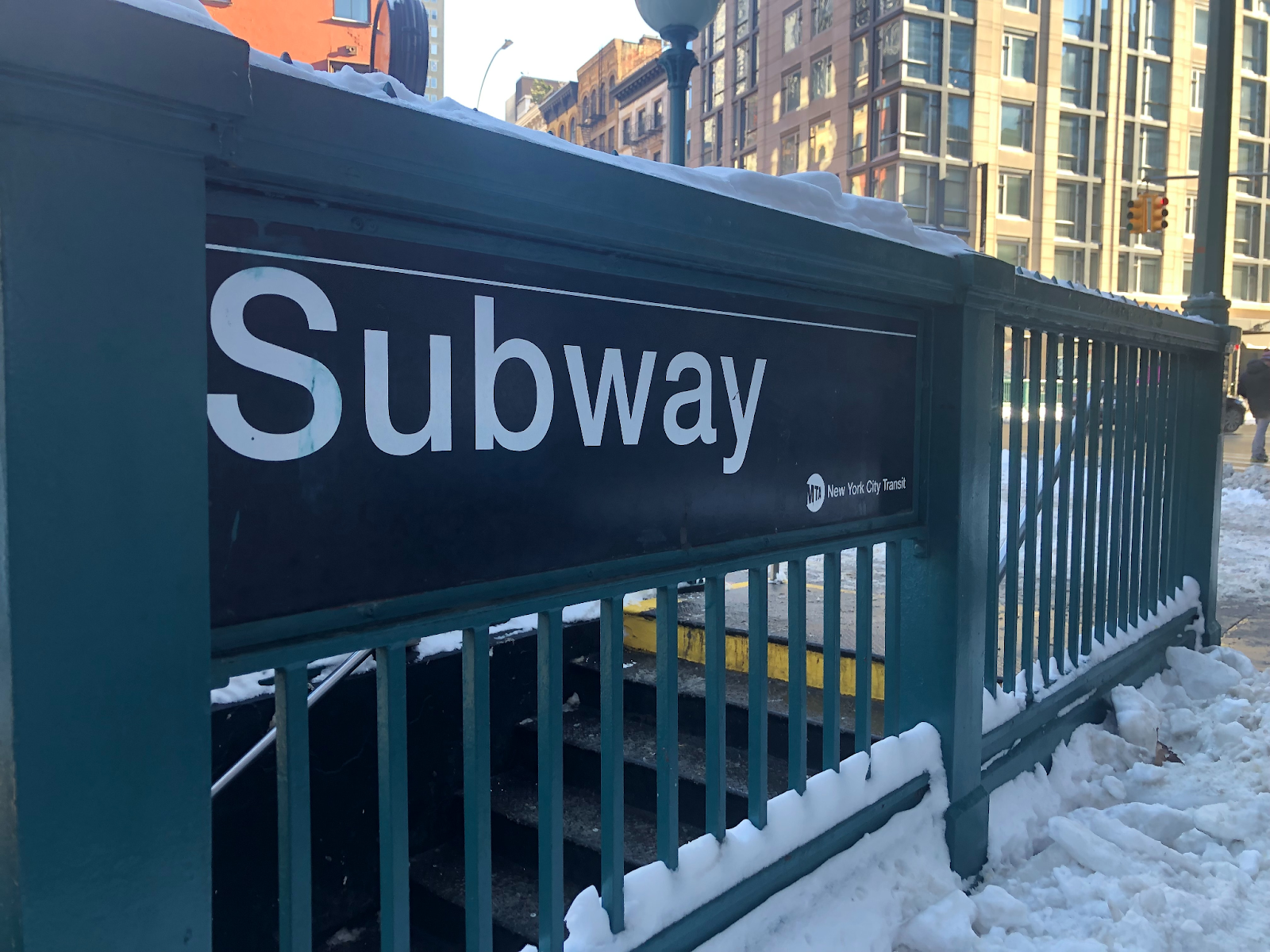When one thinks of New York City, certain iconic images come to mind: the towering skyscrapers, incredible restaurants, the bustling streets, and, of course, the subway system. The subway has become an integral part of New York’s identity, serving as a lifeline for millions of commuters and tourists every day. But how did this remarkable transportation network come into existence, and how has it evolved over time? Let’s take a journey through history to explore the fascinating evolution of the subway in New York.
The genesis of the New York City subway can be traced back to the mid-19th century when the city’s rapid population growth and congested streets necessitated the need for an efficient mass transit system. The first attempt at creating an underground railway was the Beach Pneumatic Transit, an experimental subway constructed by Alfred Ely Beach in 1870. Although short-lived and only operating for a few years, it laid the groundwork for future endeavors.
The breakthrough came in 1900 when the Interborough Rapid Transit Company (IRT) was formed, and construction began on the first underground subway line. On October 27, 1904, New York City witnessed a historic moment as the first subway line opened to the public, stretching from City Hall to 145th Street in Harlem. The response was overwhelming, with 150,000 people flocking to experience this revolutionary mode of transportation on its opening day.
The success of the initial line prompted the expansion of the subway system. The IRT continued to construct new lines, including the Broadway-Seventh Avenue Line and the Lexington Avenue Line. Meanwhile, the privately-owned Brooklyn Rapid Transit Company (BRT) developed its own subway network in Brooklyn and parts of Queens. These two competing entities laid the foundation for what would eventually become the complex web of subway lines we know today.
As the subway system expanded, so did the challenges. The Great Depression in the 1930s brought financial strain to the subway operators, leading to a period of neglect and decay. However, relief came in the form of the creation of the New York City Transit Authority (NYCTA) in 1953, which consolidated the operations of the IRT, BRT, and the city-owned Independent Subway System (IND). This centralized approach improved efficiency and allowed for much-needed modernization efforts.
The mid-20th century witnessed significant advancements in subway infrastructure. The construction of new lines, such as the A, B, C, D, E, F, and G lines, expanded the reach of the subway into previously underserved neighborhoods. In 1968, the completion of the Chrystie Street Connection linked the BMT and IND lines, facilitating easier transfers between different subway systems.
Despite these improvements, the subway system faced challenges in the 1970s and 1980s. Maintenance issues, graffiti-covered trains, and crime rates created an image of the subway as a dangerous and unreliable mode of transportation. The 1990s, however, saw a remarkable turnaround. The appointment of dedicated leaders like New York City Transit President Richard Ravitch and innovative initiatives, including the “Clean Car Program” and the “Five-Year Capital Program,” rejuvenated the subway system.
The 21st century has witnessed further advancements in the New York City subway. The introduction of technological innovations, such as the MetroCard system in 1994, replaced the old token-based system, making fare payment more convenient for riders. Additionally, the implementation of countdown clocks, free Wi-Fi, and cell phone service in stations, and the introduction of contactless payment systems like Apple Pay and Google Pay have further enhanced the passenger experience.
In recent years, the subway system has also focused on improving accessibility. Efforts have been made to increase the number of ADA-compliant stations, installing elevators and ramps to ensure that individuals with disabilities have equal access to the subway. This ongoing commitment to inclusivity and accessibility demonstrates the subway’s evolution into a more equitable and inclusive mode of transportation.
Moreover, the subway has also adapted to address environmental concerns. In an era of increasing awareness about climate change and the need for sustainable transportation, the New York City subway has made efforts to reduce its carbon footprint. The introduction of energy-efficient trains, the use of regenerative braking technology, and the integration of renewable energy sources into the subway’s power supply are just some of the initiatives undertaken to promote sustainability.
Looking to the future, the New York City subway system continues to evolve. The ongoing construction of the Second Avenue Subway, which began in 2007, is one of the most ambitious projects in recent times. This new line will alleviate congestion on existing lines, improve accessibility to the Upper East Side, and provide a much-needed alternative for commuters.
Furthermore, the subway system is exploring the integration of modern technologies to enhance efficiency and convenience. Concepts like automated trains, smart signaling systems, and improved real-time information systems are being considered to further streamline operations and provide a seamless experience for passengers.
However, challenges remain. Aging infrastructure, overcrowding, and funding issues continue to pose hurdles for the subway system. To ensure the continued evolution and success of the New York City subway, significant investments in infrastructure upgrades, maintenance, and capacity expansion are crucial.
The evolution of the subway in New York City is a testament to the ingenuity, resilience, and adaptability of this iconic transportation system. From its humble beginnings in the early 20th century to the vast network of lines and stations we see today, the subway has played an instrumental role in shaping the city’s growth, connecting communities, and facilitating the movement of millions of people daily.
Through periods of challenges and triumphs, the subway has transformed itself to meet the evolving needs of New Yorkers and visitors alike. It has embraced technological advancements, improved accessibility, and taken steps towards sustainability. While there are still hurdles to overcome, the subway’s ongoing evolution promises a future of continued improvement and innovation, ensuring that it remains an integral part of New York City’s identity for generations to come.



